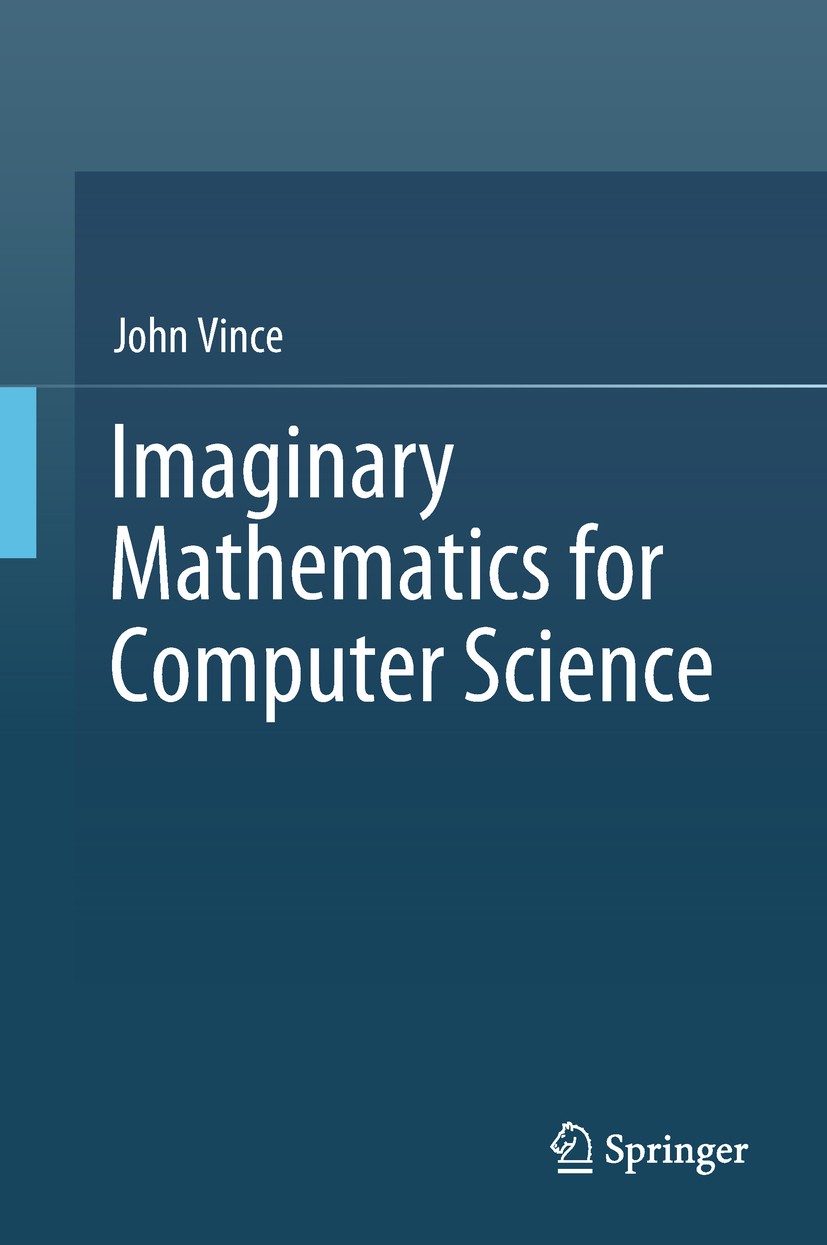| 书目名称 | Imaginary Mathematics for Computer Science | | 编辑 | John Vince | | 视频video | http://file.papertrans.cn/462/461600/461600.mp4 | | 概述 | Provides a comprehensive introduction to imaginary mathematics for computer science.Includes chapters on the Riemann hypothesis and the Mandelbrot set.Contains a large number of worked examples.Imagin | | 图书封面 |  | | 描述 | .The imaginary unit i = √-1 has been used by mathematicians for nearly five-hundred years, during which time its physical meaning has been a constant challenge. Unfortunately, René Descartes referred to it as “imaginary”, and the use of the term “complex number” compounded the unnecessary mystery associated with this amazing object. Today, i = √-1 has found its way into virtually every branch of mathematics, and is widely employed in physics and science, from solving problems in electrical engineering to quantum field theory..John Vince describes the evolution of the imaginary unit from the roots of quadratic and cubic equations, Hamilton’s quaternions, Cayley’s octonions, to Grassmann’s geometric algebra. In spite of the aura of mystery that surrounds the subject, John Vince makes the subject accessible and very readable. .The first two chapters cover the imaginary unit and its integration with real numbers. Chapter 3 describes how complex numbers work with matrices, and shows how to compute complex eigenvalues and eigenvectors. Chapters 4 and 5 cover Hamilton’s invention of quaternions, and Cayley’s development of octonions, respectively. Chapter 6 provides a brief introduction t | | 出版日期 | Textbook 2018 | | 关键词 | Imaginary Algebra; Complex Algebra; Quaternion Algebra; Geometric Algebra; Applications for Imaginary Al | | 版次 | 1 | | doi | https://doi.org/10.1007/978-3-319-94637-5 | | isbn_softcover | 978-3-030-06887-5 | | isbn_ebook | 978-3-319-94637-5 | | copyright | Springer International Publishing AG, part of Springer Nature 2018 |
The information of publication is updating

|
|
 |Archiver|手机版|小黑屋|
派博传思国际
( 京公网安备110108008328)
GMT+8, 2025-11-21 12:12
|Archiver|手机版|小黑屋|
派博传思国际
( 京公网安备110108008328)
GMT+8, 2025-11-21 12:12


